Costa Rica has become the site of a groundbreaking discovery as scientists from the Schmidt Ocean Institute have uncovered a rare deep-sea octopus nursery, marking only the third known nursery of its kind in the world. The remarkable finding occurred during an exploration of deep-sea seamounts, underwater mountains known to foster biodiversity in the ocean depths.
The team of 18 international scientists, utilizing the advanced capabilities of the underwater robot ROV SuBastian, made the incredible discovery approximately 9,000 feet below the ocean’s surface. The nursery was located near a low-temperature hydrothermal vent within the Costa Rican waters. Initial observations suggest that the octopuses observed may belong to a previously unidentified species of Muusoctopus, a group of small- to medium-sized deep-sea octopuses that do not possess an ink sac.
During their 19-day expedition, aimed at studying the biodiversity of unprotected seamounts off Costa Rica’s coast, the scientists witnessed the hatching of baby octopuses, a remarkable sight that challenges the notion that this area is inhospitable for octopus development. The discovery represents a significant advancement in our understanding of the marine ecosystem and the reproductive habits of deep-sea creatures.
“The discovery of a new active octopus nursery over 2,800 meters beneath the sea surface in Costa Rican waters proves there is still so much to learn about our ocean,” stated Jyotika Virmani, the Executive Director of the Schmidt Ocean Institute, expressing her excitement about the groundbreaking finding.
This recent development builds upon a previous discovery in 2013 when scientists first stumbled upon a gathering of female octopuses at the same location, indicating that it served as a potential brooding ground for their eggs. However, at that time, no developing embryos were observed, leading researchers to question whether the Dorado Outcrop could Support octopus growth. The witnessing of hatching octopuses this time around has laid those doubts to rest.
The Schmidt Ocean Institute’s expedition not only shed light on the existence of the deep-sea octopus nursery but also captured breathtaking footage of various marine marvels. The underwater robot, ROV SuBastian, provided spectacular glimpses of tripod fish, newly hatched octopuses, and vibrant coral gardens. These awe-inspiring visuals further emphasize the need to continue exploring and studying the wonders that lie beneath the ocean’s surface.
The discovery of this octopus nursery serves as a poignant reminder that our understanding of the ocean’s depths is still in its infancy. As scientists continue to unravel the mysteries hidden within the deep seas, each new finding reinforces the urgency to protect these delicate ecosystems and the diverse life forms they harbor.
Sign this petition to encourage the protection of octopuses.
This article by Trinity Sparke was first published by OneGreenPlanet on 5 July 2023.
What you can do
Support ‘Fighting for Wildlife’ by donating as little as $1 – It only takes a minute. Thank you.
Fighting for Wildlife supports approved wildlife conservation organizations, which spend at least 80 percent of the money they raise on actual fieldwork, rather than administration and fundraising. When making a donation you can designate for which type of initiative it should be used – wildlife, oceans, forests or climate.
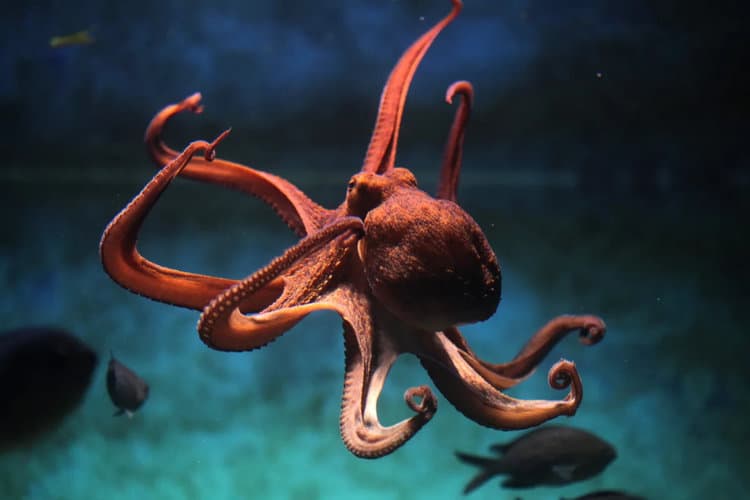

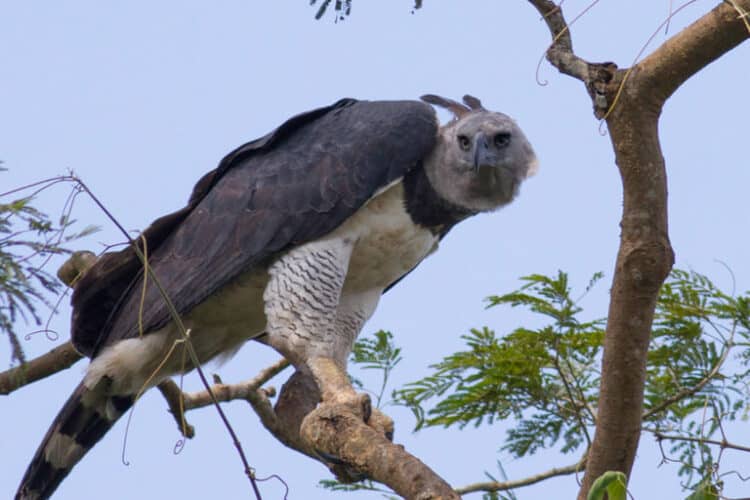
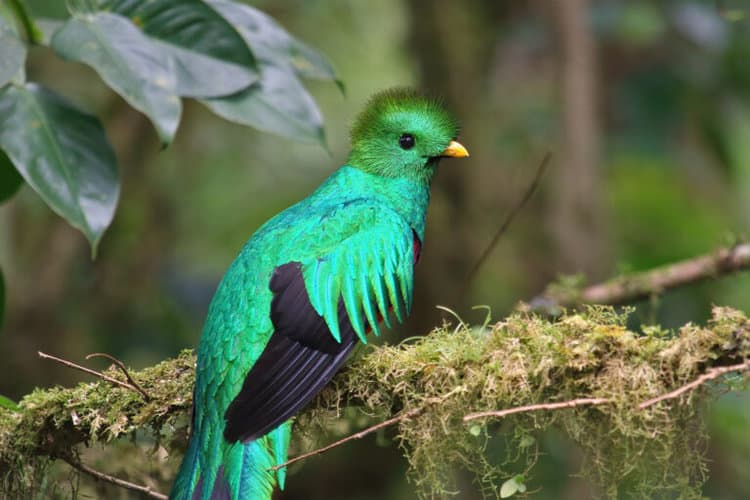

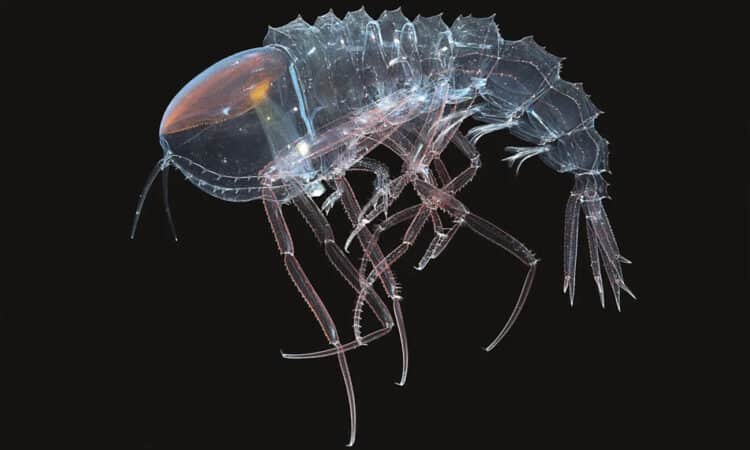
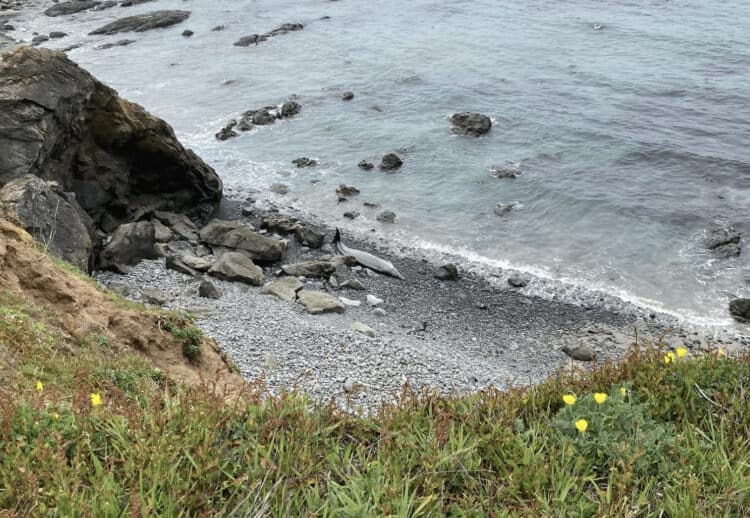
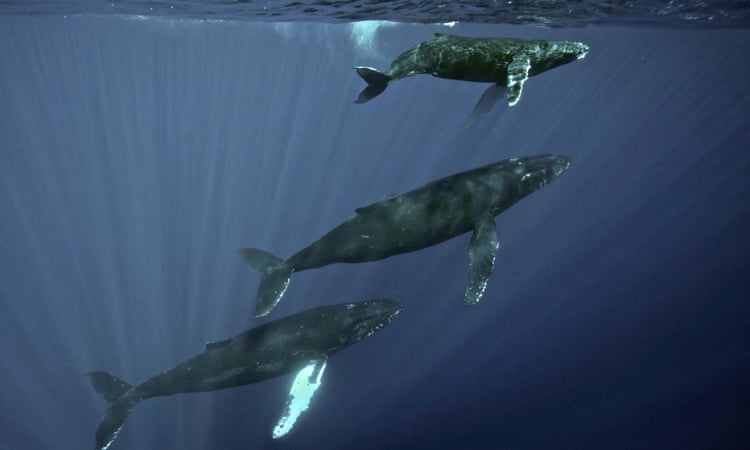
Leave a Reply